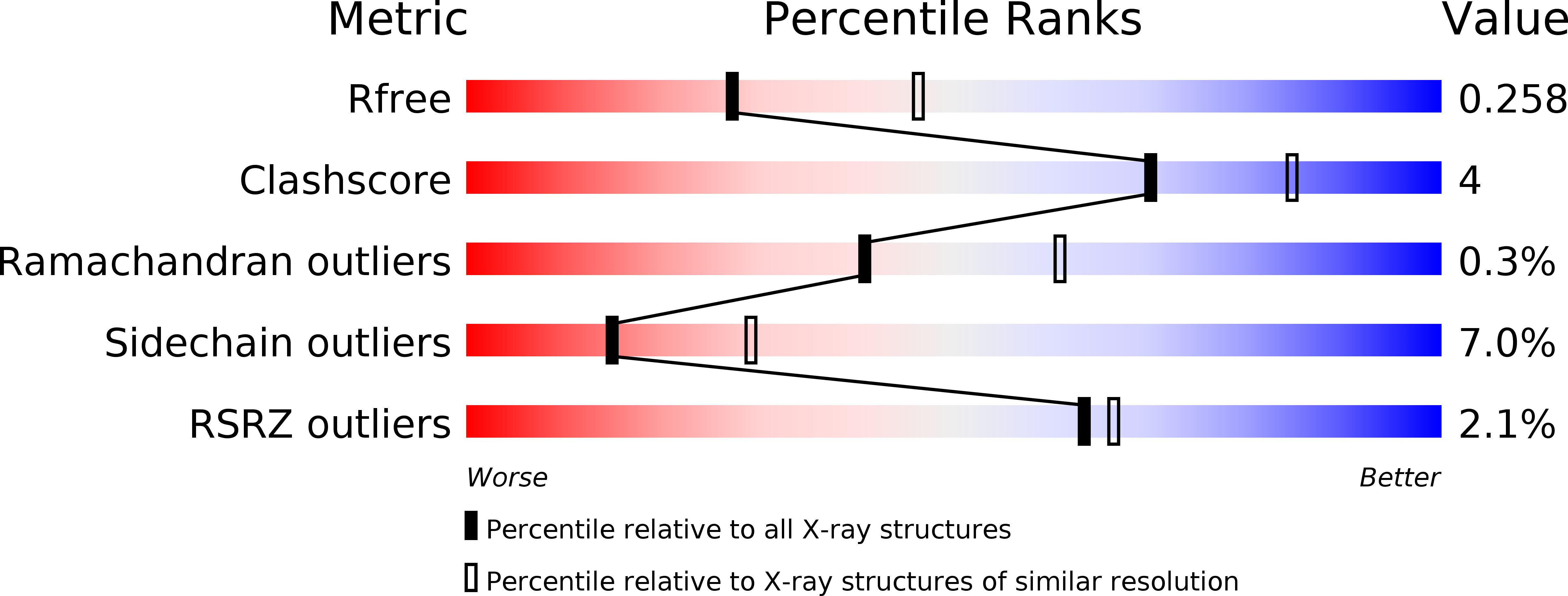
Deposition Date
2013-03-29
Release Date
2013-05-08
Last Version Date
2024-11-27
Entry Detail
PDB ID:
4JY6
Keywords:
Title:
Crystal structure of human Fab PGT123, a broadly reactive and potent HIV-1 neutralizing antibody
Biological Source:
Source Organism:
Homo sapiens (Taxon ID: 9606)
Host Organism:
Method Details:
Experimental Method:
Resolution:
2.50 Å
R-Value Free:
0.26
R-Value Work:
0.20
R-Value Observed:
0.20
Space Group:
P 1 21 1


